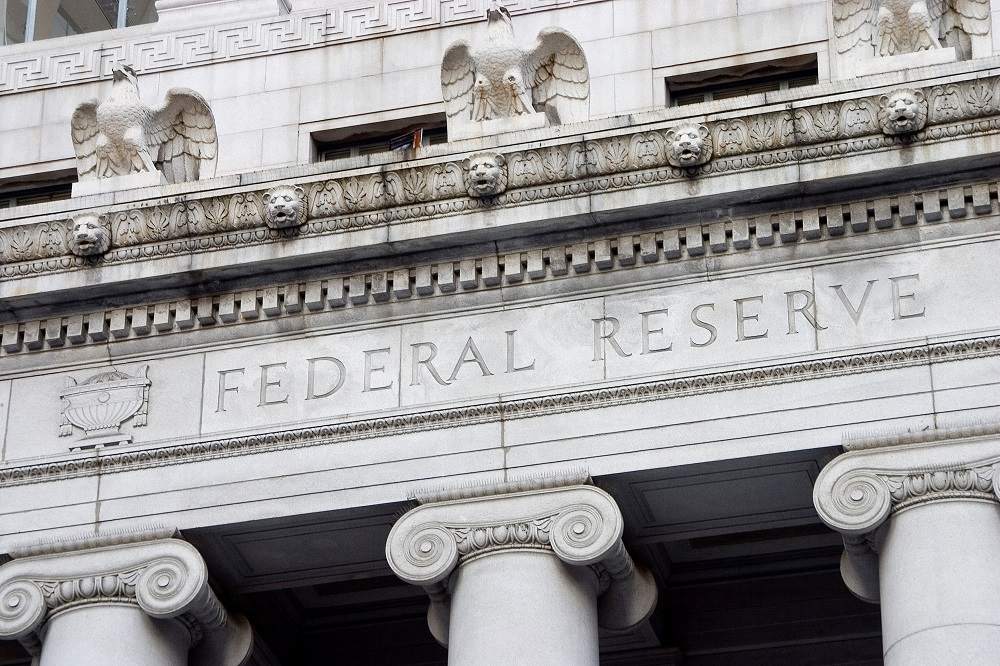Treasury yields have risen 0.65% in a month.
The real estate market is one of the most affected.
US Treasury bonds have shown a considerable rise in their yields, reflecting market doubts about the ability of the Federal Reserve (Fed) to control inflation.
After the recent rate cut, a movement that should bring calm, the signs seem to indicate the opposite: the market is talking, and does not trust the direction the Fed has taken.
The Federal Reserve announced on September 18 a rate cut of 0.5%, setting them at 5.0%. This change, the first in four years, marked the end of an aggressive monetary policy to moderate inflation, as reported by CriptoNoticias.
However, bond yields, especially long-term, have skyrocketed since thenfor this reason, the report from The Kobeissi Letter indicates that “the market says that the Fed lost its credibility.”
This cut represents what is known as a “pivot”, a change of course in the Fed’s strategy. The objective of moving from an aggressive stance to a more flexible one was to control inflation without stifling growth.
In the following graph you can see the 10-year yields of the United States Treasury bonds in the last month.

This apparent turnaround has failed to calm the markets. Lack of confidence has led investors to demand higher returnsdriving the rise of Treasury bonds and, as a consequence, making 30-year mortgage rates more expensive, which already exceed 7%.
Investors expect higher inflation
For market analyst Daniel Muvdi, the response of bonds reveals that investors fear persistent inflation.
“Traders expect inflation and are selling bonds. This could signal that the Fed is in a difficult spot,” explains Muvdi, adding that the real estate market suffers from these rising mortgage rates, which affects the cost of housing.
Instead of relying on the Fed’s strategy, Investors believe that inflation will not disappear immediatelyand they expect interest rates to stay high for longer.
“Bond watchers” reject the course taken by the Fed
This situation occurs in a delicate context, just days before the United States presidential elections, on November 5.
According to a report According to Yardeni Research, “bond vigilantes,” traders who historically protest by selling bonds to raise yields, “are voting early.”
“Watchdogs are voting against Jerome Powell’s dovish monetary policy as the economy is at a fever pitch, and the rate cut increases the risk of overheating,” Yardeni Research noted in a recent report.
This “bond vigilante” phenomenon, a term coined by Ed Yardeni in the 1980s, reflects the position of investors who see a possible economic overflow in case monetary policy continues to be made more flexible.
Inflation expectations are compounded by the risk of a budget deficit that widens further. “Anyone who wins the election will face interest in excess of $1 trillion due to the growing federal debt,” the report warns.
Bitcoin, a different system
The rise in Treasury bond yields and distrust in the rate policy of the Federal Reserve (Fed) expose, once again, the stresses of a debt-based system and continuous monetary adjustments.
Bitcoin, in contrast, represents a financial model based on immutability and scarcity.with a limited and predetermined issue of 21 million units. This fixed structure is the antithesis of the Fed’s expansionary approach, which responds to liquidity and inflation problems by printing more money, diluting the value of the dollar.
Since its creation in 2009, bitcoin has been seen as a form of “digital gold,” whose fixed supply and decentralized nature protect it from centralized monetary policy decisions.
While the Fed adjusts rates to try to balance inflation and growth, bitcoin is governed by an immutable protocol, free of human intervention. This becomes especially attractive for investors who, in the face of current uncertainty, seek to protect their value in assets that do not depend on the stability of a fluctuating economic system.
Furthermore, bitcoin not only presents an alternative store of value, but also an escape from possible scenarios of devaluation or fiscal crisis in the United States and other countries. The possibility that future governments will have to deal with massive debt and ever-increasing interest rates increases the risk of devaluation for the dollar. Given this situation, bitcoin emerges as a store of value that could preserve the purchasing power of its holders in the long term.
The growing adoption of bitcoin as an investment is, in fact, a sign of how market players are perceiving the asset in times of economic instability. While its short-term volatility is a challenge, bitcoin’s capped nature gives it anti-inflationary characteristics in the long term. This outlook is especially attractive in a context where the dollar and other fiduciary assets face inflation risks.






Leave a Reply